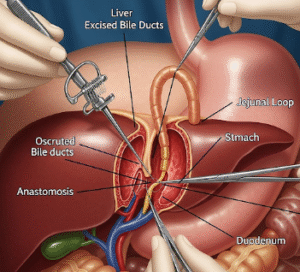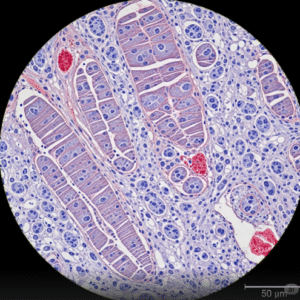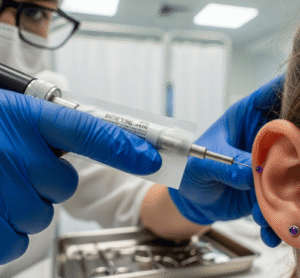Overview
Campylobacter infection, also known as campylobacteriosis, is a common bacterial infection affecting the gastrointestinal tract. It is one of the leading causes of bacterial diarrhea worldwide. In South Korea, food safety regulations and hygiene practices have reduced the incidence, but sporadic outbreaks still occur, often linked to contaminated poultry, water, or unpasteurized dairy products.
What is Campylobacter Infection?
Campylobacter infection is caused by bacteria of the genus Campylobacter, most commonly Campylobacter jejuni and Campylobacter coli. The bacteria invade the intestinal lining, leading to inflammation and diarrhea. The infection is usually self-limiting but can sometimes lead to severe complications, especially in young children, the elderly, and immunocompromised individuals.
Symptoms
Symptoms typically appear 2 to 5 days after exposure and may include:
- Diarrhea (sometimes bloody)
- Abdominal cramps and pain
- Fever
- Nausea and vomiting
- Fatigue and malaise
- Muscle pain
Causes
Campylobacter infection is primarily caused by:
- Consuming undercooked or raw poultry
- Drinking unpasteurized milk or contaminated water
- Contact with infected animals (especially poultry and pets)
- Cross-contamination of foods during preparation
Risk Factors
- Eating undercooked or contaminated foods
- Drinking untreated water
- Traveling to areas with poor sanitation
- Weak immune system or chronic illnesses
- Age extremes: children and elderly are more susceptible
Complications
- Dehydration due to severe diarrhea
- Bacteremia (bacterial spread to the bloodstream) in immunocompromised patients
- Guillain-Barré syndrome: rare neurological disorder causing muscle weakness and paralysis
- Reactive arthritis: joint inflammation following infection
- Irritable bowel syndrome (IBS) after recovery
Prevention
- Cook poultry and meat thoroughly
- Avoid unpasteurized dairy products
- Wash hands after handling raw foods or animals
- Maintain clean kitchen surfaces and utensils
- Drink treated or boiled water, especially while traveling
Treatment Options in Korea
South Korea offers high-quality care for Campylobacter infection through public hospitals, clinics, and travel medicine centers:
- Diagnosis
- Stool culture or PCR testing to identify Campylobacter species
- Blood tests if complications are suspected
- Supportive Care
- Oral rehydration solutions (ORS) to prevent dehydration
- Intravenous fluids for severe cases
- Rest and dietary management
- Medications
- Antibiotics (e.g., azithromycin, ciprofloxacin) for severe or prolonged cases
- Antipyretics for fever and pain relief
- Anti-diarrheal medications are generally avoided unless advised by a doctor
- Specialized Care
- Immunocompromised patients may receive hospitalization and tailored antibiotic therapy
- Post-infection monitoring for rare complications like Guillain-Barré syndrome













